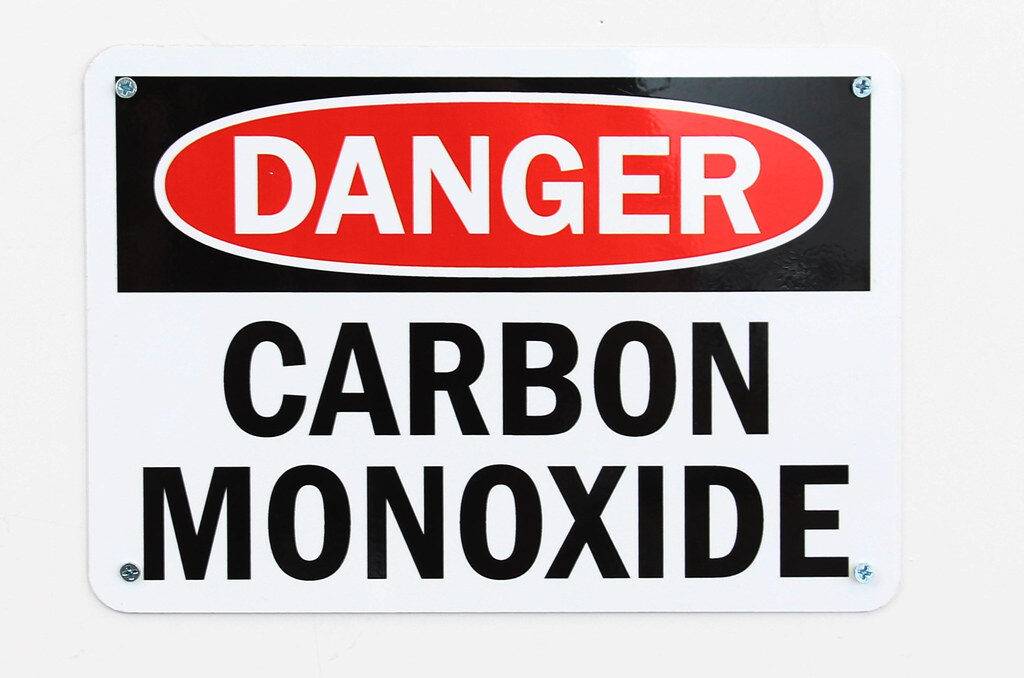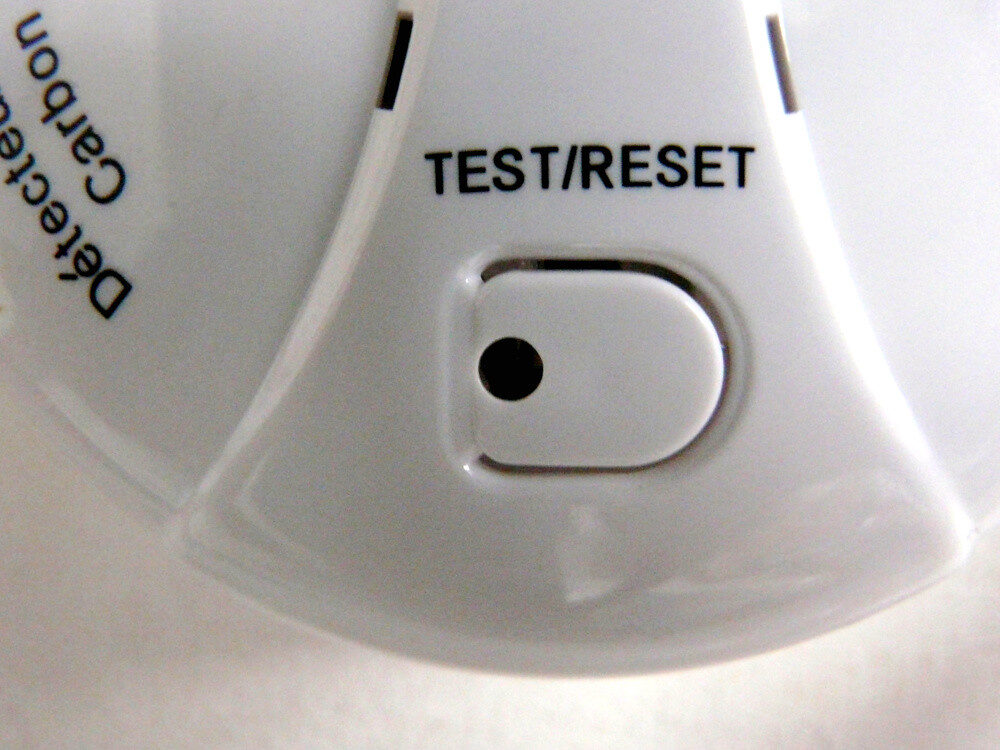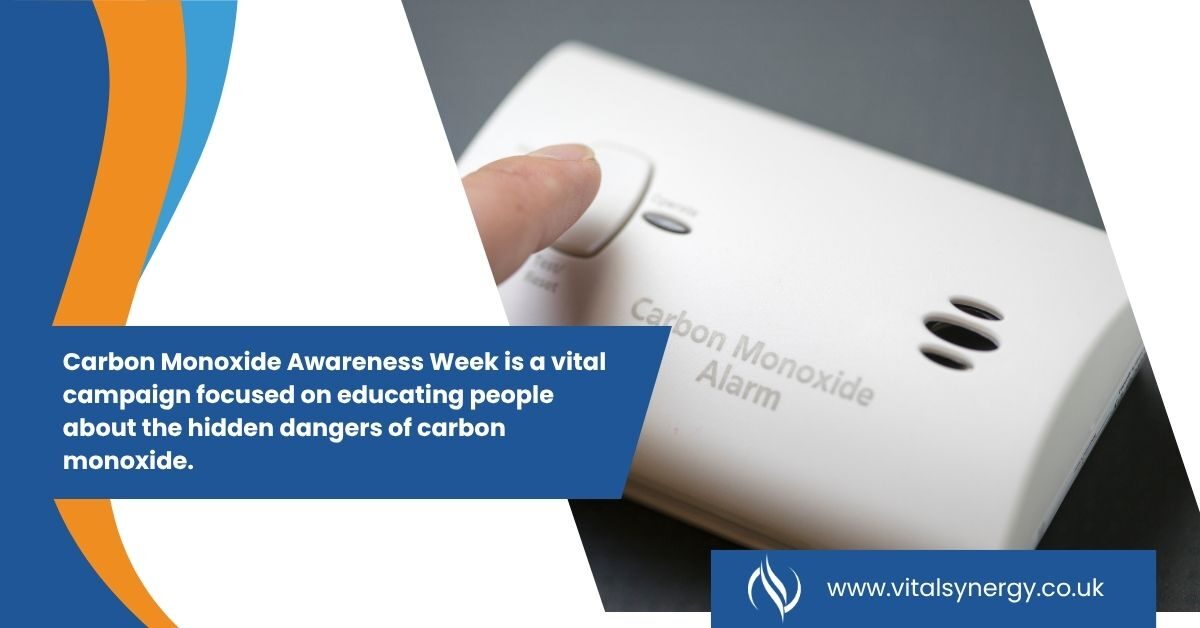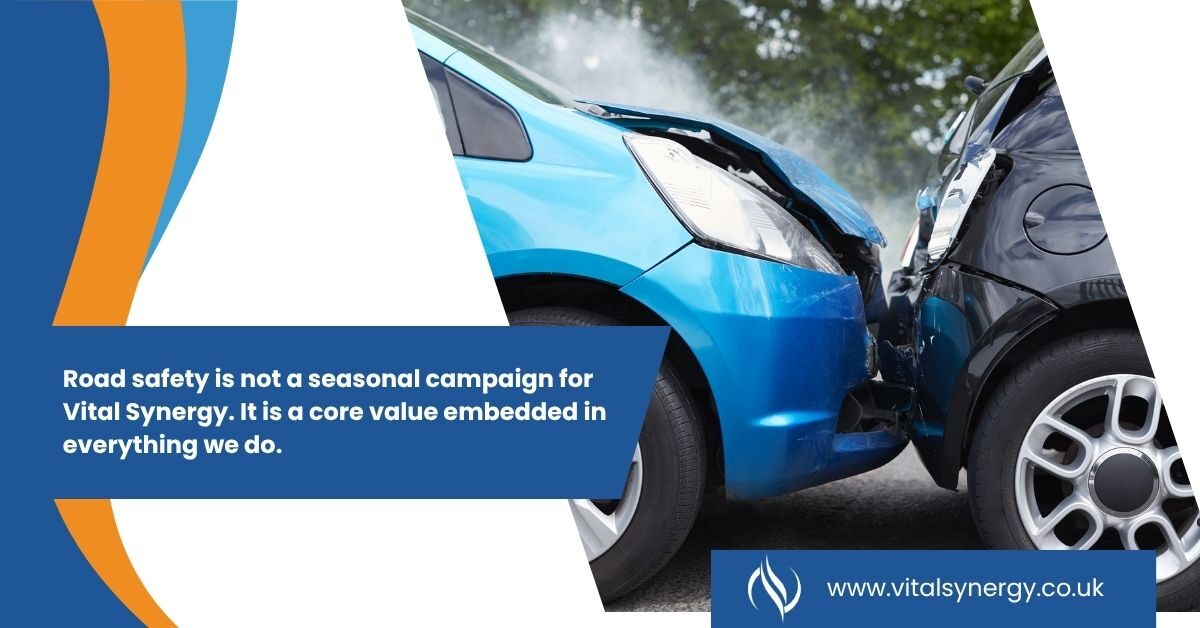
Carbon Monoxide Awareness Week
Protecting Lives Through Knowledge
Introduction: Carbon Monoxide Awareness Week
Carbon Monoxide Awareness Week is a vital campaign focused on educating people about the hidden dangers of carbon monoxide. Every year, thousands in the UK risk exposure to this silent killer, often without realising it. During Carbon Monoxide Awareness Week, the spotlight is on understanding what carbon monoxide is, why it’s so hazardous, and how everyone from students in shared houses to families in their own homes can protect themselves.
This guide will break down the facts, provide actionable safety tips, and explain why staying informed could save your life or the lives of those you care about.
What is Carbon Monoxide?
Carbon monoxide (CO) is a colourless, odourless, and tasteless gas. It’s produced when fuels like gas, oil, coal, or wood don’t burn completely. Because you can’t see, smell, or taste it, carbon monoxide is especially dangerous. Even small amounts can cause serious harm or prove fatal within a short period.
Here’s what you need to know about carbon monoxide:
- Invisible threat: Unlike smoke from a fire, CO gives no warning signs that you can detect with your senses.
- Common sources: Boilers, gas cookers, fires, and portable heaters are typical culprits in homes and workplaces.
- Fast-acting: Inhaling CO prevents your blood from carrying oxygen, leading to symptoms like headaches, dizziness, and, in severe cases, unconsciousness or death.

Understanding the properties of carbon monoxide is the first step in protecting yourself. Because it’s impossible to detect without a proper alarm, awareness and vigilance are key.
The Importance of Carbon Monoxide Awareness Week
Carbon Monoxide Awareness Week exists to shine a light on a threat that’s often ignored until it’s too late. Started by safety organisations and public health bodies, the campaign runs every year in late November. Its purpose is simple: to educate, inform, and prompt action.
Why do we need Carbon Monoxide Awareness Week?
- Raising Awareness: Many people still don’t know the risks or how to protect themselves.
- Preventing Tragedies: Every year, preventable deaths and injuries occur because of carbon monoxide poisoning.
- Promoting Best Practice: The week encourages regular checks, alarm installation, and safe appliance use.
Since its inception, the campaign has made a real impact. More people now install carbon monoxide alarms, landlords are more aware of their responsibilities, and fewer families are left in the dark about this invisible hazard.
Throughout Carbon Monoxide Awareness Week, organisations like Vital Synergy share resources, host events, and support communities in learning how to stay safe. The focus is on practical steps everyone can take no matter where they live or work.
Risks and Dangers of Carbon Monoxide
Carbon monoxide is often called the “silent killer” for a reason. It’s responsible for over 200 hospital admissions and more than 50 deaths every year in the UK, according to NHS data. But these numbers only tell part of the story. Many more cases go unreported because symptoms are mistaken for flu or tiredness.
Common Sources of Carbon Monoxide
- Gas boilers and central heating systems
- Cookers and hobs
- Open fires and wood-burning stoves
- Portable heaters (especially those not designed for indoor use)
- Barbecues used indoors (never safe!)
- Blocked chimneys and vents
- Car engines running in enclosed spaces like garages

Real-life examples highlight the risks. For instance, a student in Manchester fell ill after using a faulty heater in a poorly ventilated flat. In another case, a family was hospitalised when their boiler developed a leak overnight. These incidents underline the importance of regular maintenance and awareness.
Statistics show that young adults, students, and renters are at particular risk, often due to shared accommodation and older appliances. It’s crucial to know the dangers, especially if you’re moving out for the first time or living in a house share.
Key risk factors:
- Lack of a working carbon monoxide alarm
- Infrequent servicing of appliances
- Poor ventilation
- Ignorance about the symptoms or sources
Being aware of these risks is the first step to preventing tragedy. Don’t assume you’re safe just because you haven’t noticed a problem carbon monoxide doesn’t give second chances.
Recognising Symptoms and Detection Methods
Recognising the symptoms of carbon monoxide poisoning is vital. Because the early signs are similar to common illnesses, they are often missed. Early detection can make all the difference.
Health Effects and Symptoms
- Headaches
- Dizziness
- Nausea or vomiting
- Shortness of breath
- Confusion
- Loss of consciousness
The symptoms often get worse with continued exposure and improve when you leave the affected area. If more than one person in the same place experiences these symptoms, carbon monoxide could be the cause.
Detection Methods
- Install a carbon monoxide alarm: This is the most effective way to detect CO. Choose an alarm that meets British Standard EN 50291.
- Regular appliance checks: Get boilers, heaters, and fires serviced every year by a Gas Safe registered engineer.
- Look for warning signs: Soot, yellow or orange flames (instead of blue), and pilot lights that frequently blow out can all signal a problem.
- Use ventilation: Never block air vents or chimneys; always keep rooms well-ventilated, especially when using gas appliances.

If an alarm sounds or you suspect a leak, leave the building immediately and call emergency services. Never try to fix the problem yourself.
Prevention and Safety Tips
Preventing carbon monoxide poisoning is straightforward if you follow a few key steps. Here are practical tips for keeping your home or workplace safe:
- Install and maintain alarms: Fit a carbon monoxide alarm in every room with a fuel-burning appliance. Test them regularly.
- Annual servicing: Have gas and solid fuel appliances serviced annually by qualified professionals.
- Check ventilation: Ensure chimneys and flues are clear and unblocked. Don’t cover or block air vents.
- Be cautious with DIY: Don’t attempt to install or repair gas appliances yourself. Always hire a Gas Safe registered engineer.
- Safe use of appliances: Never use barbecues or portable heaters designed for outdoor use inside your home or tent.
- Know the signs: Be alert for unusual stains, sooty marks, or pilot lights that keep going out.
For students and young adults living independently, it’s especially important to check that your accommodation has working alarms. If you’re renting, your landlord is legally obliged to provide these don’t be afraid to ask for proof.
Workplace safety matters, too. Employers must ensure all appliances are maintained and that staff are trained to recognise symptoms of carbon monoxide exposure. If you ever feel unwell at work, speak up right away.
Simple steps can save lives. Make carbon monoxide safety part of your routine just like locking your doors or checking the smoke alarm.
Legal Requirements and Standards in the UK
The UK has strict regulations to protect people from carbon monoxide. Knowing your rights and your responsibilities is essential, especially if you’re renting or managing a property.
Landlord and Tenant Responsibilities
- Landlords must fit a carbon monoxide alarm in every room with a solid fuel appliance (like a wood burner or open fire).
- Since October 2022, new rules require alarms in all rented homes with gas appliances, except gas cookers.
- Landlords must test alarms on the first day of a new tenancy.
- Tenants should test alarms regularly and report faults to their landlord.
Failure to comply can result in heavy fines. Tenants, make sure you know where your alarms are and check them once a month.
For homeowners, there’s no legal requirement to install alarms, but it’s strongly recommended. It’s a small investment that could save your life.
British Standards and Best Practice
- Only use carbon monoxide alarms marked to BS EN 50291 standards.
- Gas Safe Register engineers are the only professionals qualified to work on gas appliances.
- Keep records of all appliance services and alarm tests.
Employers must also follow health and safety laws, ensuring all staff are protected from exposure in the workplace.
Vital Synergy’s Commitment to Carbon Monoxide Safety
At Vital Synergy, our mission is to keep you safe, informed, and empowered. We believe Carbon Monoxide Awareness Week is more than just a campaign it’s a call to action for everyone. Here’s how we support carbon monoxide safety:
- Expert advice: Our team provides clear, practical guidance on choosing and installing alarms, recognising symptoms, and maintaining safe homes and workplaces.
- Regular updates: We keep our community informed about changes to regulations and best practice through our blog and newsletters. Read our carbon monoxide safety tips.
- Training and workshops: We offer educational sessions for students, landlords, and employers, helping everyone stay ahead of the risks.
- Support services: From risk assessments to alarm installation, our experts are here to help you every step of the way. Book a carbon monoxide risk assessment.
Our commitment doesn’t end with Awareness Week. We work year-round to raise awareness, share vital information, and support safer communities. Trust Vital Synergy to be your partner in carbon monoxide safety.
Resources and Further Reading
Staying informed is the best way to protect yourself and those you care about. Here are some useful links and resources:
- Vital Synergy: Carbon Monoxide Safety Tips – Expert advice and regular updates
- Vital Synergy: Carbon Monoxide Risk Assessment – Arrange a professional risk assessment
- NHS: Carbon Monoxide Poisoning – Authoritative medical guidance
- Gas Safe Register – Find a qualified engineer
For even more in-depth information, check out the Royal Society for the Prevention of Accidents (RoSPA), a trusted authority on home safety in the UK.
Conclusion and Call to Action
Carbon Monoxide Awareness Week is a powerful reminder that knowledge saves lives. By understanding what carbon monoxide is, recognising the symptoms, and taking simple steps to prevent exposure, you can protect yourself and those around you. Don’t wait for a tragedy to act check your alarms, service your appliances, and share what you’ve learned.
Vital Synergy is here to help you every step of the way. For more advice, resources, or to arrange a carbon monoxide risk assessment, contact our team today. Stay safe, stay informed, and join us in making carbon monoxide awareness a priority all year round.
Get a free, no obligation consultation
Are you ready to improve the energy efficiency of your business or home?
Simply fill out the form and one of our experts will be in touch to guide you through your options.
Our team can help you:
- Understand which renewable energy solutions can work best for you
- Identify which government grants and incentives you may be eligible for
- Kickstart the process, for a quotation or survey for your exsisting or proposed projects
If you’d prefer to contact us directly to discuss your project then get in touch.
or book a free no-obligation consultation.
- Email: sales@vitalsynergy.co.uk
- Tel: +44 (0) 1282773338


























